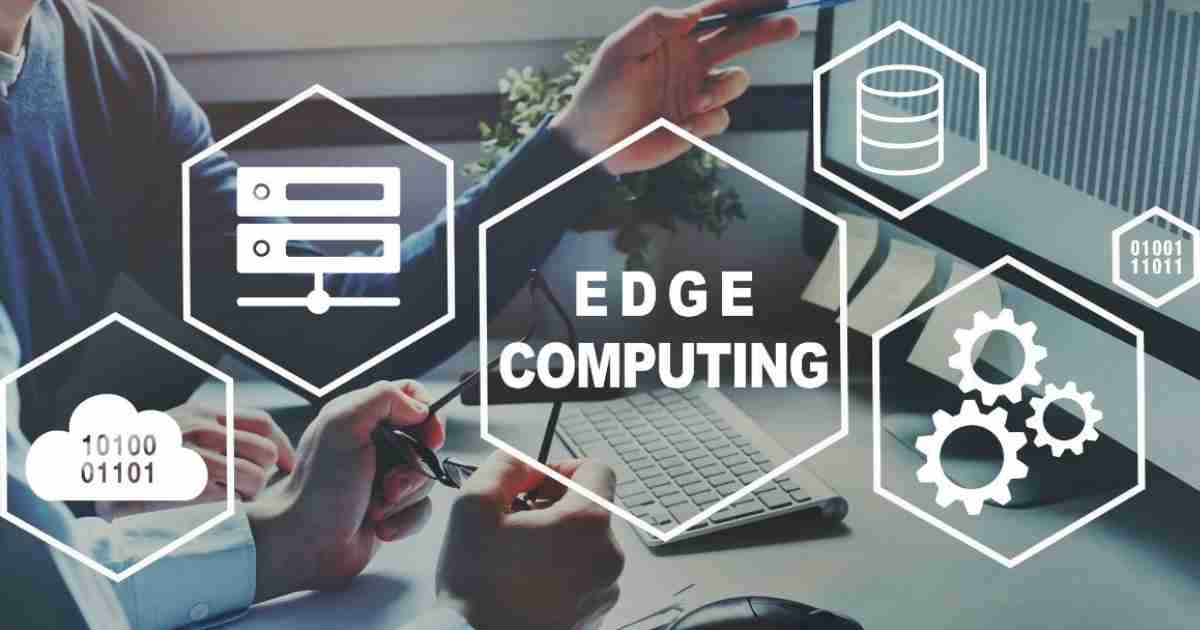Top 5 Things to Know about Edge Computing

Edge computing is a relatively new technology that has been gaining a lot of traction in the past few years. It was first introduced by Cisco Systems and AT&T as a way to help businesses reduce latency, bandwidth usage and increase reliability for IoT applications.
Edge computing is a way to store data and run applications closer to where they are needed. It can help businesses increase their efficiency by getting rid of bottlenecks. Edge computing has been around for a few years now, but it is still one of the most misunderstood concepts in technology today. People who have heard of edge computing often think that it just means moving data processing to the “edge” of a network. However, this is not quite accurate. In reality, edge computing is a broad term that encompasses many different technologies and processes; understanding all of these can be challenging!
In this blog post, we will discuss five things you need to know about edge computing resources.
#1 Edge computing is about data that you don’t need to store
This makes edge computing very different from traditional cloud applications, which have always relied on centralized servers and storage centers. Cloud computers provide users with a large amount of processing power for any application they want to run. They are also great at storing lots of information in one place that too in real-time so that you can access it easily. For example, if you want to watch a live football match, all of the video data is being streamed from servers that are located across the world. However, this can create problems if there are too many users accessing it at once. This means more bandwidth usage and reduced performance for everyone! Edge computing helps solve these issues by storing only critical pieces of information on centralized servers and moving everything else to the edge.
#2 Edge computing depends on the use of smart devices
With edge computing, there are no centralized servers that store all of the information. Instead, data is stored on smart devices located closer to where it will be used next. IoT and machine learning applications can help businesses save time and money by using edge computing. For example, smart devices connected to a network of sensors could detect when you have entered or left the office. This data would be stored on your company’s servers instead of being sent through each individual device every hour for no reason!
#3 Pls reconfirm this point
Edge computing will also need the next generation of mobile networks to function. This is because edge devices are often connected via a wireless or cellular connection that can be disrupted if there are too many users accessing it at once. A new technology called “network slicing” has been developed by companies like Verizon and AT&T, which allows providers to create different networks that can each be configured for a specific set of users. This means that more edge devices will be able to access the network at once without congestion!
#4 Edge computing will make the workspace a better place
Edge computing will also make the workplace a better place for all of your employees. For example, if you are at work and need to access some important files that are stored on another device, edge computing resources can ensure they load quickly. This is because the data does not have to be sent back from the cloud provider’s servers located across the world. On the other hand, you can create virtual desktops that are stored on a server within your company’s network. This means you can access them from any device, including the computers in meeting rooms or conference booths!
#5 Edge computing is still in its early development stage
Edge computing is a very new concept in the world of technology. While many people are excited about what it could offer, edge computing resources will need to overcome several challenges before they can become mainstream. One problem that needs to be addressed is security and privacy risks; since data no longer has to pass through centralized servers, hackers may have more opportunities for attacks. Edge computing resources will also need to be able to handle a large number of data requests from edge devices simultaneously, which is something that many current networks struggle with!
Conclusion
While there are still many challenges that need to be addressed, edge computing resources could provide a wide array of benefits for both businesses and customers. For example, it would enable faster performance across internet-connected platforms as certain pieces of information will no longer have to travel over long distances! Edge computing could also make the workspace a better place for employees, as they will no longer need to rely on large network connecions and expensive hardware in order to access information.
